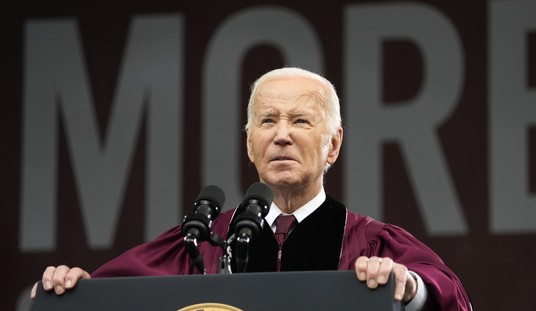It started out as another down day for the shiny metal as European stock markets get pummeled as a crazy, largely depressing trading week grinds to a close.
In early trading gold was down $7.07 to $1,734.83 and silver was off $0.39 to $32.42, boosting the silver/gold ratio to 53.5.
It doesn’t help the mood that today is the anniversary of Black Monday, the day the Dow plunged 23 percent. Gold was $481 an ounce on that day.
Yet compared to the crash of 2007/2008 Black Monday is barely a blip, a minor anomaly that you have to look hard to even see on the chart. Today that size swing would be a down day and Wall Street would knock off early to hit the golf course. There would be no Senate hearings and no investigations by the SEC. Gold was $661 dollars an ounce in June of 2007.
When you consider that not much has changed in the wake of the three biggest stock market crashes in modern history, it’s easy to understand why people are losing faith in the markets. I would argue that the markets and our currency policy are inseparably intertwined. Much of the explosive growth we’ve experienced can be traced to cheap money policies started under Greenspan.
As we look at a market back near 14,000 and gold prices still over $1,700 an ounce, it’s easy to understand why investors are nervous. The illusion of growth that we experienced in the 90s was really fueled by currency dilution. The numbers only look bigger because our currency is smaller, a fact reflected in the price of gold. Yes, certainly our GDP has grown, not all of the growth was illusionary, but how much was currency policy and how much was real growth? The answer depends on which metrics you use.
Recommended
What was once a currency policy intended to spur growth has now become routine business. The Fed even going so far as implementing QE Infinity, limited to $40 billion a month. While $40 billion doesn’t sound like much in our modern economy, it adds up to nearly a half-trillion a year.
Hard assets as part of your investment mix are more important now than almost any time in our financial history, but don’t let fear push you to folly. Stick to a fixed percentage of your wealth, 10 to 20 percent, and wait for dips in prices to add a little bit here and there.
Gold and silver are the last real money the world has left. It used to be the dollar was “good as gold” but who is really feeling that today?
Chris Poindexter, Senior Writer, National Gold Group, Inc

























Join the conversation as a VIP Member